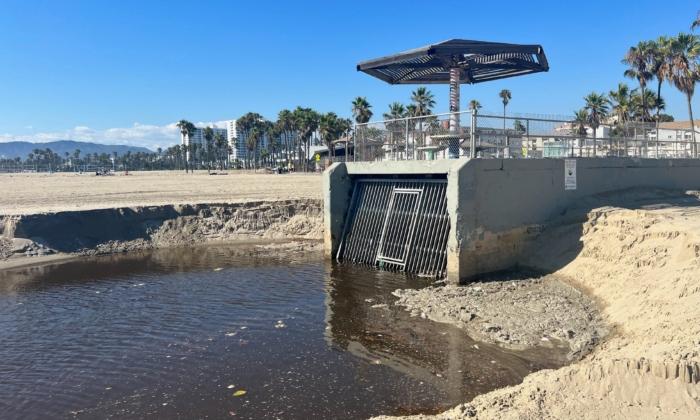The high-speed rail was planned to connect 8 of the 10 largest cities in California. Supporters said that upon completion, it would take less than 3 hours for people traveling from San Francisco to Los Angeles at the speed of 220 miles per hour.
However, the project has spent an average of $3.1 million per day over the last year, and that will likely have to increase dramatically. The daily expenditure would have to reach $27 million in the next four years if the California High-Speed Rail Authority plans to complete the project in 2033 with a budget of $77 billion, reported Los Angeles Times.
However, due to the state’s complex terrain, geology-related engineering problems, and environmental reviews, many difficulties have been added to the project’s implementation. In addition, buying land to build the track has proved challenging for the rail authority, as well as securing enough funding to continue the construction.
According to the report, if the project fails its deadline in 2033, its cost is likely to be raised $2 billion every year afterward, since all the postponed work would cost even more due to inflation and extended contracts with workers.

At the same time, the cost of the project is subject to fluctuations in the price of steel, concrete and the farmland that need to be purchased. In order to give an update on the project, every other year the California High-Speed Rail Authority issues a business plan.
“However, since then, costs rose to $43 billion, and now the total cost is estimated up to $100 billion, but without immediate connections to San Diego or Sacramento.”
Phase 2 of the project includes extensions from San Francisco to Sacramento and from Los Angeles to San Diego, which has no cost projection as of yet. With the cost going up and the completion date being uncertain, some elected officials have started to question the project.
“If this project is going to move forward and the Authority is going to continue to ask for more taxpayer dollars,” said Denham, “we need to know what those funds or financing would be buying. If the Authority can’t provide specific deliverables and a timeframe, then I believe it would be time for Californians to go back to the polls to vote on whether to continue this project.”




